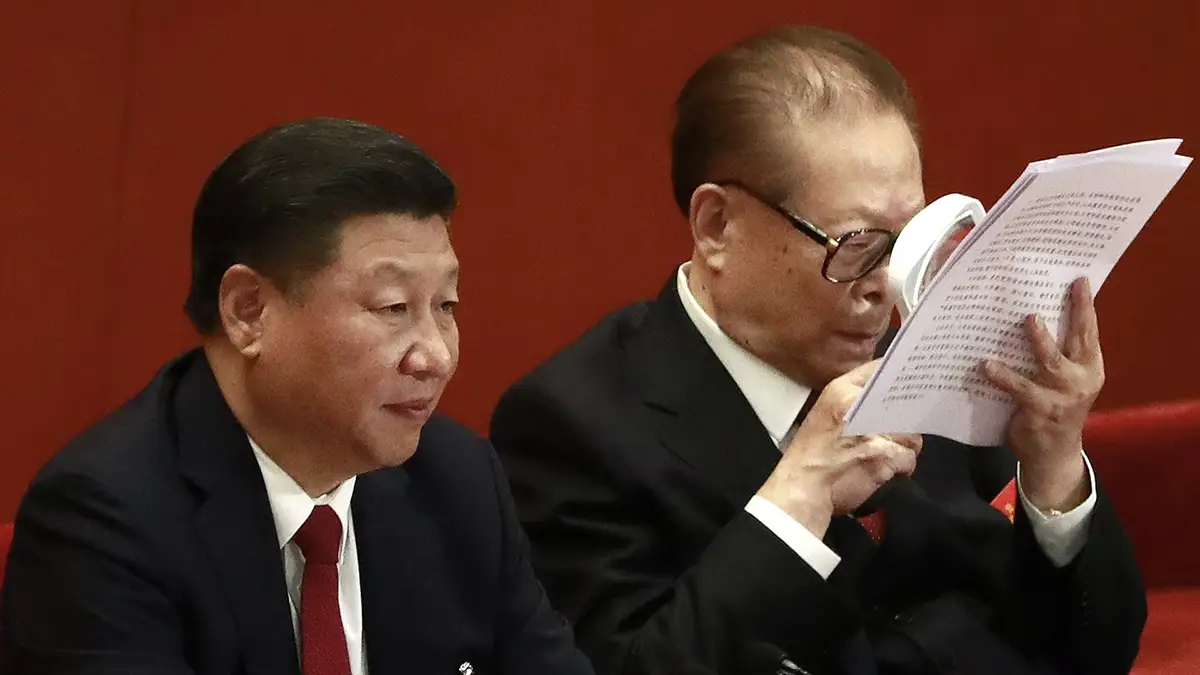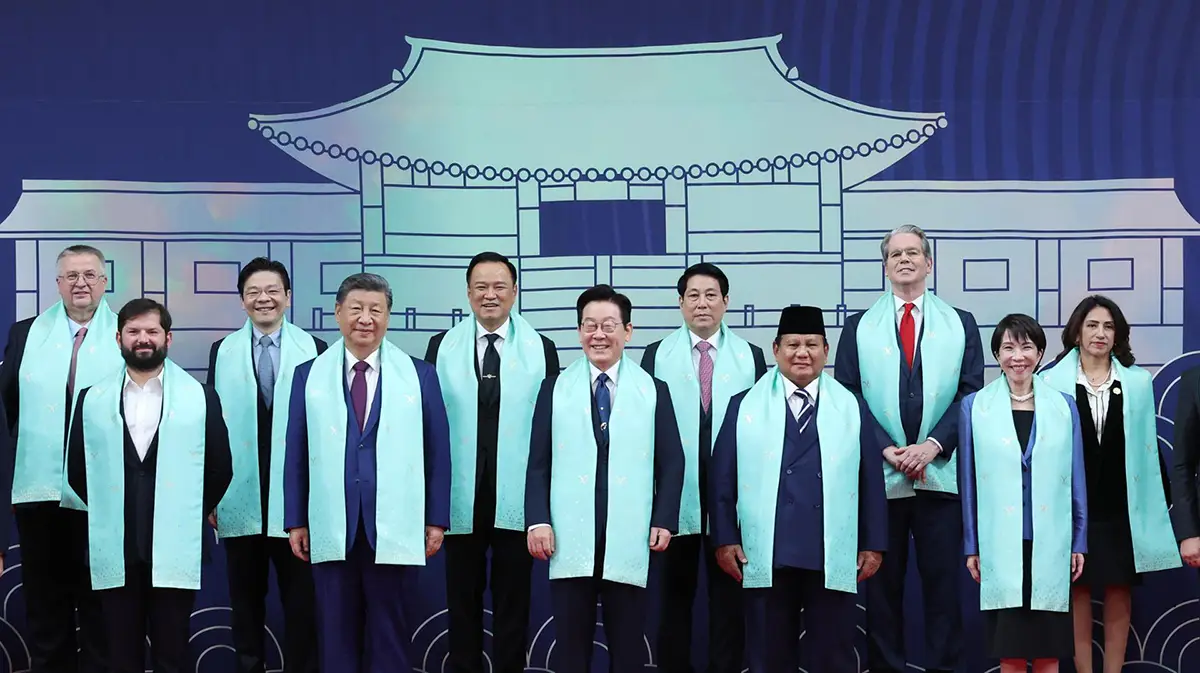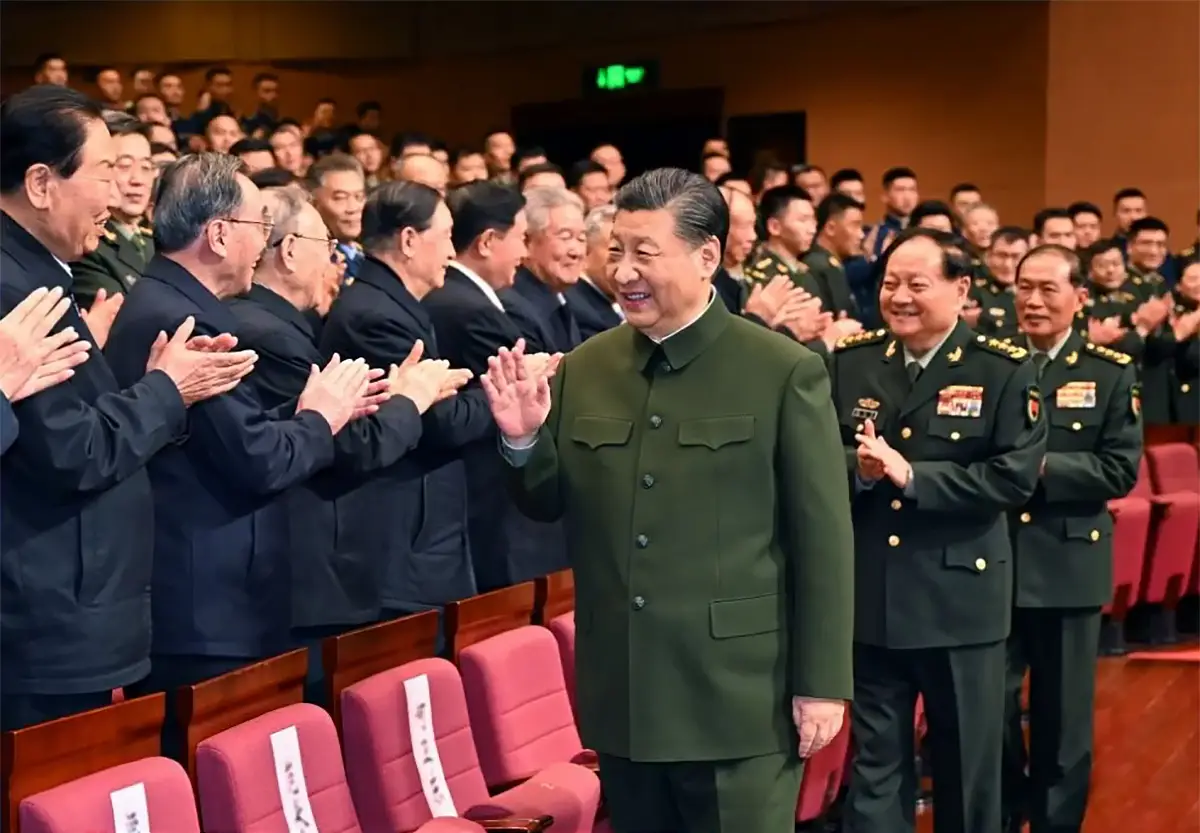COVID-19 is a nontraditional threat—an amorphous, evolving, and invisible “adversary” that proliferates without intention, bargaining or goals. While it can be scientifically understood and countered, its evolution is well outside the values, norms and behaviors we ascribe to traditional adversaries. This nontraditional threat has affected U.S. national security in both direct and indirect ways.
A recent CNA report: “Viral Extremism: COVID-19, Nontraditional Threats, and U.S. Counterterrorism Policy,” found that nontraditional threats, like pandemics, affect “traditional” national security threats, like violent extremist organizations (VEOs).
First, COVID-19 increases global instability that VEOs benefit from and attempt to amplify. Nearly every facet of VEO activity, including the environment that VEOs operate in, the resources they rely on, the operations they carry out and the strategies they use to recruit followers, could benefit from the widespread effects of the pandemic. The pandemic provides VEOs with more opportunities to exploit vulnerable populations and fewer constraints on operations.
This is both a domestic issue and an international issue. In the Sahel, VEOs have been attempting to use the pandemic to undermine state authority as governments struggle to respond to the challenge. In the U.S., a neo-Nazi group encouraged supporters “to incite panic while people are practicing social isolation during the COVID-19 outbreak” through such actions as “discharging firearms in cities and putting bullet-sized holes into car windows,” and white supremacists on Telegram, a messaging app, shared instructions explaining how to overwhelm New York City’s text message–based 311 system by anonymously sending inappropriate photos. They encouraged others to disrupt National Guard COVID-19 response efforts by causing panic with firecrackers and homemade explosives.
We found that VEOs will exploit the COVID-19 crisis to further their ideological and political agendas, and will integrate current events into existing narratives to substantiate their predictions and calls to action. For example, ISIS initially asserted that the virus was a punishment for China in response to its mistreatment of Uyghur Muslims. However, as the virus spread, ISIS began to describe it as a punishment from God for the West, with one ISIS supporter describing COVID-19 as a “soldier for Allah.” VEOs may use the COVID-19 crisis as an opportunity to bolster their legitimacy by delivering medical and social services that local governments struggle to provide. As one report noted, representatives from Tahrir al-Sham, ISIS, and al Qaeda have “sought to demonstrate the efficacy of an ‘Islamic’ response to coronavirus, heralding the effectiveness of their counter-measures through highly visual propaganda of well-managed hospitals and campaigns to clean mosques.”
Second, COVID-19 has amplified the risk factors for radicalization in both industrialized and developing countries. The pandemic aggravates a long list of risk factors for radicalization, including more time spent online, decreased supervision in the form of teacher oversight, increasingly toxic and extremist online content, increased feelings of economic uncertainty, growing anger because of perceived government failures, greater frustration because of seemingly oppressive government responses, increased isolation from friends and feelings of loneliness and higher levels of stress. This has created “a perfect storm for recruitment and radicalization.” Far-right groups are also using the pandemic to justify attacks against minority ethnic communities inaccurately labeled as responsible for the spread of the disease, particularly Asian-American communities.
Third, COVID-19 has affected the ability of the U.S. to counter VEOs. Many opportunities for the counterterrorism (CT) community to collaborate in person, including local roundtables, military exercises and education, and diplomatic exchanges, have been canceled. Although some of these activities have been replaced with online alternatives, this shift may ultimately degrade the quality of these efforts. Mid- to long-term terrorism-related objectives risk being deprioritized in favor of short-term COVID-19 crisis response. Although the global reallocation of resources to deal with the COVID-19 crisis is unquestionably important, these changes have the potential to degrade existing CT and preventing / countering violent extremism (P/CVE) efforts over time.
It is critical that the U.S. effectively respond to and prepare for the effects of global nontraditional threats on VEOs and CT. The COVID-19 pandemic has highlighted gaps in national and global pandemic response plans, how the approach to CT strategy must adapt as nontraditional security threats simultaneously affect the U.S., its allies and partners, and its adversaries. The perception that the U.S. has lost credibility as a moral and institutional leader may have a long term effect on its ability to lead global initiatives in its strategic interest.
Click here for recommendations on how the U.S. can respond to nontraditional threats.



